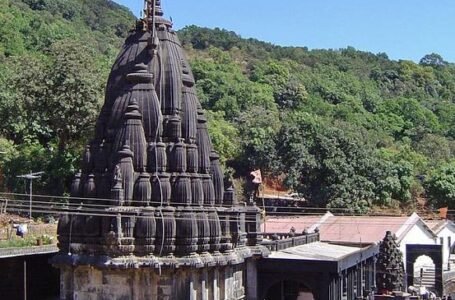The Sami People: Reindeer Herding and Cultural Preservation in Scandinavia
- European history Ancient history Lifestyle Medieval history
 ZAINAB ARSIWALA
ZAINAB ARSIWALA- April 28, 2024
- 0
- 98
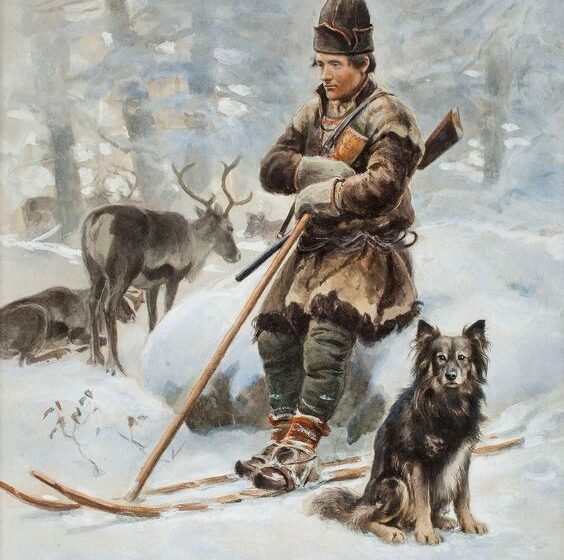
Reindeer Herding and Beyond: The Sami People’s Quest for Cultural Sustainability.Amidst the pristine beauty of snow-covered landscapes, is the vast expanses of northern Scandinavia. The Sami people have implanted their existence which is then intertwined by the rhythm of the nature. For thousands of years, they have inhabited the region which is known as Sampi, it nurtures a deep connection to the land and along with it, its resources. Like the inhabitants around the world, the Sami have confronted formidable challenges, including the erosion of their culture, loss of ancestral lands and struggles for the recognition of their rights.
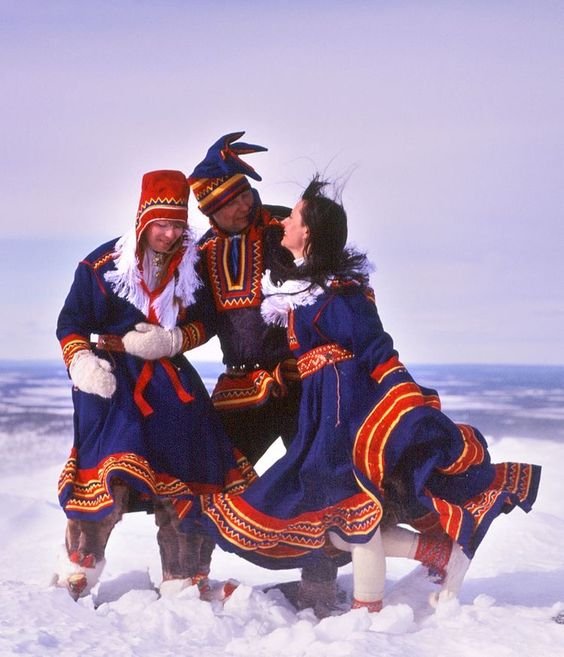
At the heart of Sami livelihoods lies the reindeer husbandry, this is an ancient practice which is now deeply rooted in their hunter-gatherer traditions. From time immemorial, the Sami have sustained themselves by supplementing hunting, trapping and fishing with the herding of reindeer. They are not just animals but majestic creatures with their graceful antlers and resilient spirits. For them, these reindeers have been their companion, providers and custodians of their way of life.
However, the arrival of the 17th century brought seismic shifts to the Sami way of life. With Sampi falling under the dominion of four separate nations, they are Norway, Finland, Sweden and Russia. The Sami had to face the new reality of taxation and territorial divisions. Previously, they operated on self-sustaining economy, the imposition of taxes posed a profound challenge to the traditional livelihoods of the Sami people.
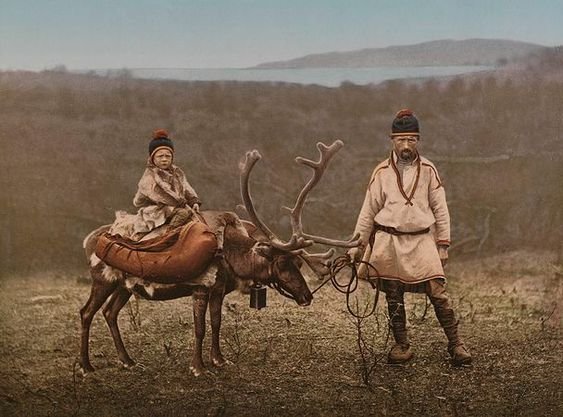
They started expanding their herds and breeding their reindeer for profit, the Sami embarked on a journey of a reindeer nomadism, traversing vast stretches of land in pursuit of grazing pastures and seasonal migrations. This shift had marked a transformative period in Sami history, as reindeer herding emerged as the primary source of income and economic support for the community. As the other sources of livelihood dwindled, the Sami people became increasingly reliable on the nomadic lifestyles dictated by their herds.
This transition to the reindeer nomadism did not come without its costs. Alongside the economic prosperity, came profound cultural changes, as the traditional fabric of Sami society underwent a profound transformation. These traditional hunting practices were once an integral part of Sami identity and spirituality, had gradually waned in prominence as the focus shifted to the management of large reindeer herds. Similarly, religious rituals and ceremonies that had sustained the spiritual connection between the Sami people and the land began to fade into obscurity.

Moreover, there was a societal organization unit known as the Siida, this organization had served as the cornerstone of Sami governance and community cohesion, it also adapted to the accommodations and the demands of the reindeer herding lifestyle. This communal bond forged through shared hunting expeditions and communal land management gave way to a more individualistic approach dictated by the needs of the herding lifestyles.
The historical journey of the Sami people was documented by the Cornelius Tacitus in the 1st century and it travels back to nearly ten thousand years in Scandinavia that further went on to establish them as indigenous inhabitants of the region. Initially, known as the “Fenni”, the Sami had sustained themselves through hunting, fishing and some subsistence farming, with only the wealthiest family engaging in small scale reindeer herding. This was s semi nomadic lifestyle, which was characterized by seasonal migrants between established settlements which varied among different Sami groups based on their geographical locations and environmental resources.
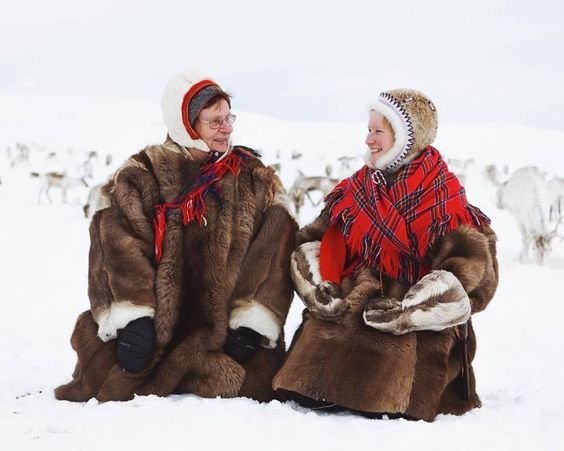
The forest-dwelling communities relied on hunting, trapping and agriculture but they also had ownership of small, non-migratory reindeer herds being less common. In contrast, the Sami communities exhibited semi-nomadic behaviour, moving between inland and coastal homes depending on the season and engaging in fishing as a primary means of sustenance. While these coastal Sami may have hunted reindeer on a smaller scale, it was not their main source of livelihood.
Reindeer herding, however played a crucial role on the livelihoods of mountain-dwelling Sami communities for centuries before spreading to the other populations. Initially, practiced as reindeer hunting for food, clothing and income, some Sami began domesticating small herds of reindeer as early as the 9th century. This history, gathered by archaeologist and genetic evidence shed light on the dynamic relationship between the Sami people and their environment over millennia. From their earliest hunter-gatherer traditions to the evolution of reindeer herding as a cornerstone of their culture, the Sami’s journey reflects a remarkable adaptation to changing landscape and the resilience of indigenous communities in the face of external pressures.
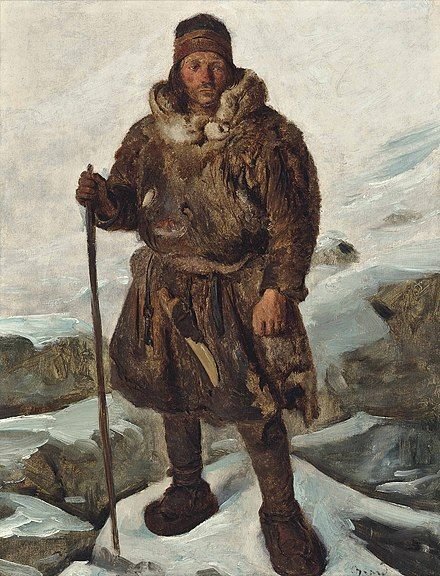
There was a transition to the reindeers’ nomadism as more and more Sami indulge in the herding, this transition was not solely driven by environmental factors but was significantly influenced by the emergence of Scandinavian nation-states, before the imposition taxes the Sami, had live in a self-sustaining and self-contained economy. However, due to the sudden demand for taxes meant they had to seek alternative means to generate income, leading to the increased hunting and trapping. This shift in economic activities had a detrimental impact on the local ecosystem, particularly on the reindeer population, which began to decline.
Now, this decline in this reindeer populations forced the Sami to adapt their way of life. With the traditional resources dwindling, they turned to the reindeer herds they already possessed as a means of survival. Also, the transition, was not only a response to economic pressure but also a necessity for sustaining their livelihoods in the face of environmental changes. Additionally, the treaty between Sweden and Russia further illustrates the involvement of state authorities in taxing the Sami people.
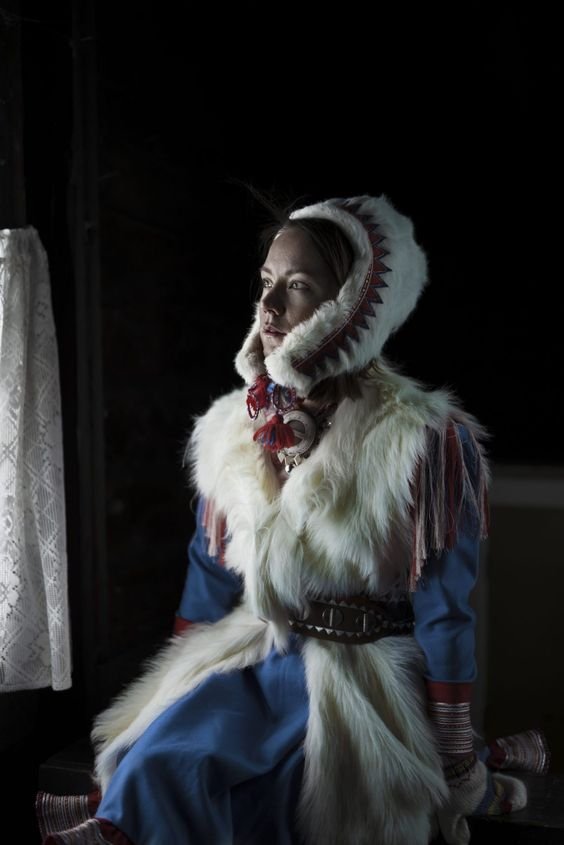
The 1600s was a period, when transition away from the reindeer herding began. Leading to the current situation where only 10% are actively involved in these traditional practices. This shift originated because of various factors, these factors included economic constraints and government policies that forced many Sami to settle in coastal fishing villages or farming communities. This change not only resulted in the loss of traditional livelihoods but also caused a loss of cultural traditions and identity. Additionally, the increasing association of reindeer herding Sami identity led to scepticism among those who did not practice it, further complicating the preservations of Sami heritage.
While reindeer herding has long been a central aspect of Sami culture, providing sustenance, economic livelihood, and a sense of cultural heritage, its significance has evolved over time. From its origins as a traditional nomadic practice to its role shaping Sami identity and community cohesion, reindeer herding has undergone significant transformations. Today, only a minority of Sami are engaged in this traditional practice, reflecting broader shifts in societal dynamics, economic pressures and cultural changes. However, the significance of reindeer herding remains deeply rooted in Sami culture, serving as a symbol of resilience, cultural heritage, and connection to the natural environment.

